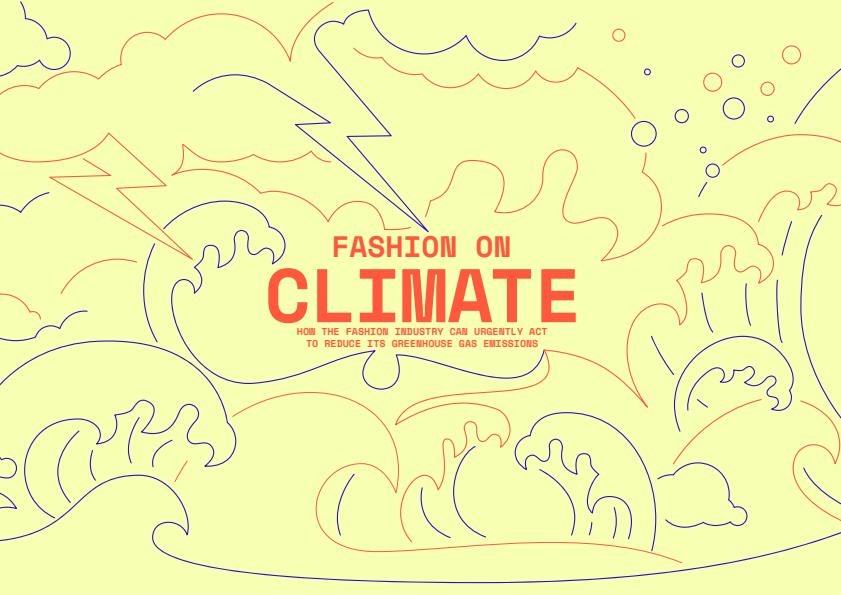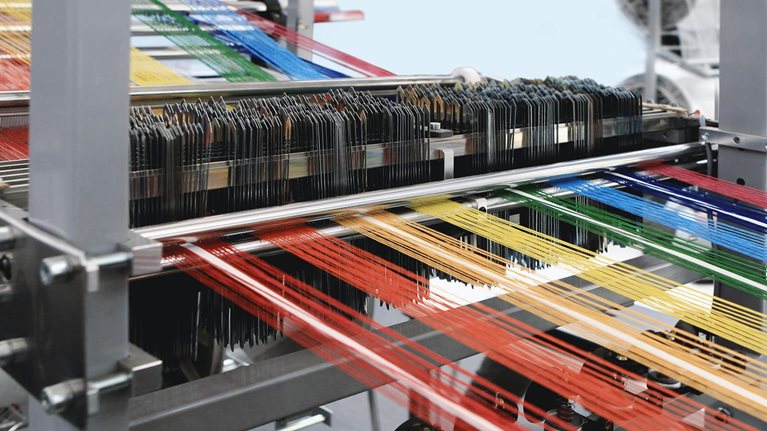As the need to address climate change becomes more urgent, industry sectors are working to reduce their carbon emissions. Fashion makes a sizeable contribution to climate change. McKinsey research shows that the sector was responsible for some 2.1 billion metric tons of greenhouse-gas (GHG) emissions in 2018, about 4 percent of the global total. To set that in context, the fashion industry emits about the same quantity of GHGs per year as the entire economies of France, Germany, and the United Kingdom combined.
Despite efforts to reduce emissions, the industry is on a trajectory that will exceed the 1.5-degree pathway to mitigate climate change set out by the Intergovernmental Panel on Climate Change (IPCC) and ratified in the 2015 Paris agreement. To reach this pathway, fashion would need to cut its GHG emissions to 1.1 billion metric tons of CO2 equivalent by 2030. But our growth calculations, adjusted to take into account the likely impact of COVID-19, show that the industry is set to overshoot its target by almost twofold, with emissions of 2.1 billion metric tons of CO2 equivalent in 2030, unless it adopts additional abatement actions (Exhibit 1).

To gain a deeper understanding of fashion’s carbon emissions and identify additional abatement efforts the industry could pursue, we examined the entire value chain from farms and factories to brands and retailers to policy makers, investors, and consumers (see sidebar, “Our methods and assumptions”). Our findings show that all participants in all parts of the value chain have a role to play in driving decarbonization and bringing about real and lasting change for the better in the fashion industry.
Accelerated abatement
One of the challenges fashion faces in reducing its GHG footprint is the likelihood that shifting population and consumption patterns will drive continuing industry growth. A predicted rise in volumes could push carbon emissions to around 2.7 billion metric tons a year by 2030 if no abatement actions are taken. However, if the industry continues to embrace decarbonization initiatives at its current pace, it will cap emissions at around 2.1 billion metric tons a year by 2030, roughly the same as they are today. Yet even with these efforts, emissions would reach almost twice the maximum level that would allow the fashion industry to follow the 1.5-degree pathway.
To reach the 1.5-degree pathway, the industry would need to intensify its abatement actions and scale up existing decarbonization efforts to reduce annual emissions to around 1.1 billion metric tons in 2030, roughly half of today’s figure. Some 60 percent of the additional emission reduction under this accelerated abatement scenario could be achieved in upstream operations, through initiatives such as energy-efficiency improvements and a transition to renewable energy, with support from brands and retailers. Another 18 percent of emissions could be saved through operational improvements by fashion brands, and a further 21 percent through changes in consumer behavior. Together, these efforts could reshape the fashion landscape.
The good news for the fashion industry is that many of the actions required for accelerated abatement can be delivered at modest cost. Almost 90 percent of the measures we identified would cost less than $50 per metric ton of GHG emissions abated. What’s more, around 55 percent of the measures would lead to net cost savings for the industry.
The remaining actions would require incentives to shape consumer demand or regulations to deliver abatement. Up-front capital would be needed to fund 60 percent of the abatement measures.
Given their potential to act as the main drivers of accelerated abatement, brands and retailers face a call to collaborate with others in the value chain to invest for long-term social and environmental benefits. Not only can they effect change in their own operations but they can also support decarbonization efforts elsewhere in the industry and help consumers make more sustainable purchasing choices.
Priorities for industry participants
Our analysis identified a need for concerted action in three key areas:
Reducing emissions from upstream operations. Manufacturers and fiber producers could deliver 61 percent of the accelerated abatement we identified by decarbonizing material production and processing, minimizing production and manufacturing waste, and decarbonizing garment manufacturing. Improvements in energy efficiency and a transition from fossil fuels to renewable-energy sources could deliver about 1 billion metric tons of emission abatement in 2030 across the fashion value chain.
Reducing emissions from brands’ own operations. The main contributions brands could make to emission abatement are to improve their material mix (for instance, through greater use of recycled fiber), increase their use of sustainable transport, improve their packaging (with recycled and lighter materials), decarbonize their retail operations, minimize returns, and reduce overproduction (only 60 percent of garments are currently sold without a markdown). If brands followed the measures we have identified, they could achieve 308 million metric tons of CO2-equivalent abatement in 2030.
Encouraging sustainable consumer behavior. The adoption of a more conscious approach to fashion consumption, changes in consumer behavior during use and reuse, and the introduction by brands of radically new business models could contribute 347 million metric tons of emission abatement in 2030. The main levers in this effort are an increase in circular business models promoting garment rental, resale, repair, and refurbishment; a reduction in washing and drying; and an increase in recycling and collection to reduce landfill waste and move the industry toward an operating model based on closed-loop recycling.
Policy makers and investors also have important parts to play in these efforts. Governments and regulators should promote sustainable practices and conscious consumption, and provide incentives to support decarbonization measures with high abatement potential. Investors can make their contribution by encouraging decarbonization initiatives, emission transparency, and sustainability-focused innovation among the companies in their portfolios.
Stepping up
Accelerating emission abatement through the actions identified in our analysis calls for bold commitments from stakeholders across the value chain. These commitments need to be supported by equally bold actions, greater transparency, increased collaboration, and joint investment.
After 2030, the challenge becomes still greater. To stay on the 1.5-degree pathway, fashion will need to go beyond the accelerated abatement envisaged in our analysis and deploy all its ingenuity and creativity to decouple value creation from volume growth.
The report on which this article is based is part of a multiyear strategic-knowledge partnership between the Global Fashion Agenda and McKinsey & Company. The partnership aims to present research and a fact base on the priorities of CEOs and to guide and mobilize industry players in taking bold action on sustainability.
Download the full report (PDF–1.5MB).



